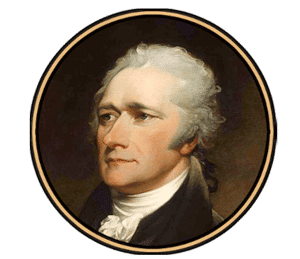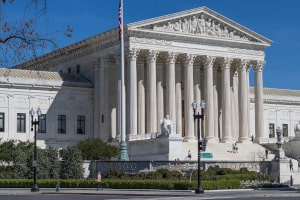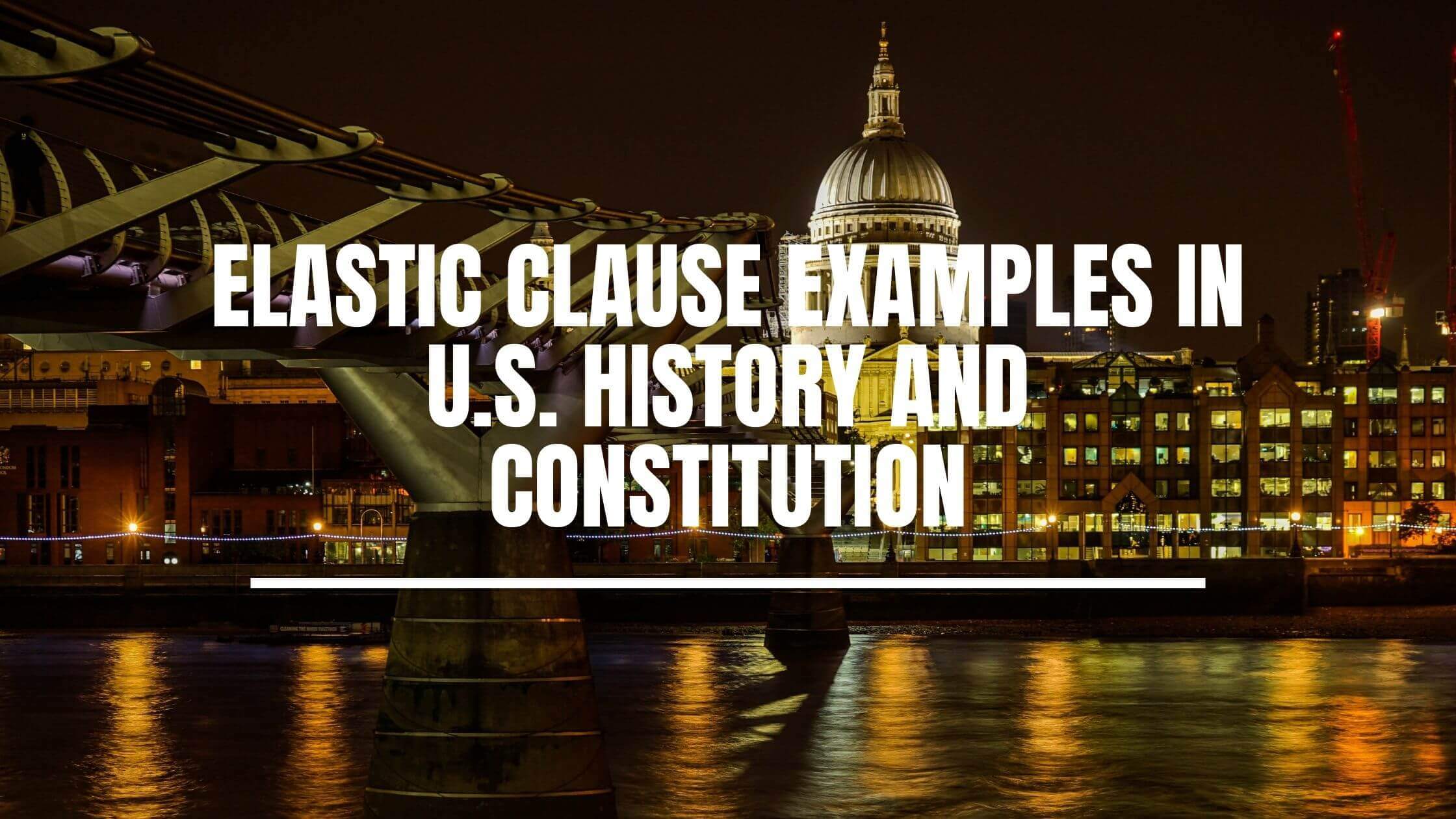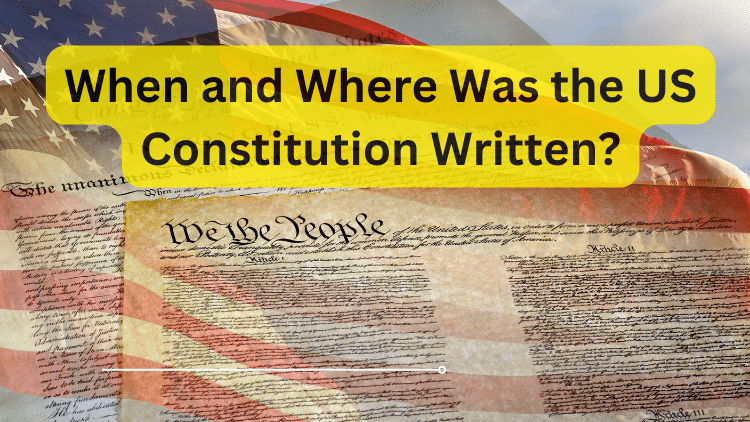Table of Contents
ToggleFor A Constitution that Endures
When the Framers of the United States Constitution wrote Article 1, Section 1, Clause 8, they wanted a Constitution that could guide future generations long after they were gone. So, after listing down the 17 Expressed Powers of Congress, they also gave it the Implied Power to address future issues and challenges they couldn’t even have conceived of.
Also known as the “Necessary and Proper Clause,” the “Basket Clause,” the “Coefficient Clause,” and “Sweeping Clause,” this Elastic Clause reads. “The Congress shall have power … to make all laws which shall be necessary and proper for carrying into execution the foregoing Powers, and all other Powers vested by this Constitution in the Government of the United States, or in any Department or Officer thereof.”
Why is the Elastic Clause Important?
The federal government needs to function. Since the founding Fathers could not have possibly listed all the issues the federal government might need to deal with throughout time, they instead outlined the role of Congress and gave it this Elastic Clause tool to carry out its duties.
Without the Elastic Clause, Congress would have been severely limited in carrying out its functions to only those explicitly listed in the Constitution. Even with these Expressed Powers, it could have been unable to perform these without the Elastic Clause.
For example, the Constitution mentions several federal departments and offices, but it does not list any delegated powers that would allow Congress to create these departments and staff these offices.
Another example is where the government has expressed powers to make treaties. Still, the Constitution does not enumerate powers allowing Congress to allocate funds for ambassadors and their travel expenses in the course of forming these treaties. So, in effect, the Elastic Clause gives Congress the Implied Power to use all appropriate means required to execute its Expressed Powers.
In the Federalist Papers 33 and 44, James Madison wrote, “Without the substance of this power, the whole Constitution would be a dead letter.”
Elastic Clause Examples
The Elastic Clause has been invoked several times in U.S. history. It is considered the most important and the most controversial constitutional clause. Some of these Elastic Clause examples are detailed below.
The Creation of the First Bank of the United States
The Elastic Clause authority was first put into practice in 1791, three years after the United States Constitution was ratified on June 21, 1788. Then the first Secretary of the Treasury, Alexander Hamilton, invoked the Elastic Clause to justify the creation of the First Bank of the United States.
However, James Madison argued against it, concerned that the wealthy people of the North would use the bank against the people of the South, pointing out that Congress did not have constitutional powers to charter a bank.

Get Smarter on US News, History, and the Constitution
Join the thousands of fellow patriots who rely on our 5-minute newsletter to stay informed on the key events and trends that shaped our nation's past and continue to shape its present.

Hamilton defended Congress on the point that since Congress had the expressed powers to levy and collect taxes, borrow money, and coin money, the Elastic Clause applied to any and all activities related to these, within reason. So, the creation of the bank was a reasonable way to support taxation and borrowing. Eventually, the First Bank of the United States, a national bank, was chartered by the U.S. Congress on February 25, 1791, for a term of twenty years.
The bank did not yet serve the functions of a modern central bank like setting monetary policy, regulating private banks, holding their excess reserves, and acting as a lender of last resort. However, it set the stage for these functions.
It lent money to the U.S. government and was allowed to have branches in multiple states. Except for the private Bank of North America, which was chartered by the Congress of the Confederation in 1781 and is the first de facto U.S. national bank, other banks in the U.S. were each chartered by and allowed to have branches only in a single state.
The establishment of the First Bank of the United States was the first of a three-part expansion of federal fiscal and monetary powers, along with federal minting and excise taxing powers championed by Hamilton. He believed that this national bank was needed to stabilize and improve the nation’s credit and the handling of the financial business of the U.S. Government under the newly ratified Constitution.
McCulloch vs. Maryland Landmark (1819) Case
In 1819, the U.S. Congress contended with the state of Maryland after it chartered the Second Bank of the United States in 1816. At that time, many states opposed branches of the National Bank within their borders as they did not want the National Bank competing with their own local banks. They opposed the establishment of a National Bank as an unconstitutional exercise of Congress’ power.

In 1818, the state of Maryland passed legislation that ultimately imposed a $15,000/year tax on the Second Bank of the United States. James McCulloch, a Baltimore branch cashier, refused to pay, and the case went to the Supreme Court.
Maryland argued that it had the inherent power to tax any business within its borders as a sovereign state. McCulloch’s lawyers argued that a national bank was “necessary and proper” for Congress to establish for it to carry out its expressed powers. The Supreme Court voted unanimously that Congress could establish the bank and that Maryland could not tax the national bank.
Chief Justice John Marshall wrote, “The power to tax involves the power to destroy. If the states may tax one instrument employed by the federal government in the execution of its powers, they may tax any and every other instrument. This was not intended by the American people. They did not design to make their government dependent on the states.”
United States vs. Comstock (2010) Case
This more recent case involves the Adam Walsh Child Protection and Safety Act of 2006, which is a federal statute to protect the public, especially children, from violent sex offenders. The Act is named after a six-year-old boy who was abducted from a department store and subsequently murdered. The Comstock case questioned whether Congress had constitutional powers to authorize the civil commitment of dangerous sexual predators even after they complete their federal prison sentences.
On November 2, 2006, six days before Graydon Earl Comstock completed his 37-month prison sentence for receiving child pornography, Attorney General Alberto R. Gonzales certified that Comstock was a “sexually dangerous person.”
Under the Adam Walsh Child Protection and Safety Act of 2006, this meant that he would not be released back to society even after he had completed his prison sentence. Instead, he would be committed to a federal sex offender facility for an indefinite period.
This was challenged in the 4th U.S. District Court of Appeals, which ruled that the new statute was beyond the scope of the Constitution’s enumerated powers and that established procedures for determining Comstock’s future danger to society were constitutionally inadequate.
The U.S. Government argued that the Elastic Clause provided Congress with the power to enact this protective law and appealed the case all the way to the Supreme Court.
On May 17, 2010, the Supreme Court ruled, through a vote of 7-2, that the Necessary and Proper Clause (Elastic Clause) granted Congress the authority to enact 18 U.S. Code 4248 (Civil Commitment of a Sexually Dangerous Person) after these persons complete their federal prison sentences. The Supreme Court based its Decision on these five considerations:
- The Necessary and Proper Clause grants Congress to enact “rationally related” and “reasonably adapted” laws for executing the other expressed powers.
- The statute at issue represents a “modest addition” to related statutes that have existed for decades.
- The statute reasonably extends the longstanding policy.
- The statute properly accounts for state interests.
- The statute is tailored to only address the lawful federal interest.
The Enforcement Clauses
The Elastic Clause also serves as the model for interpreting the “Enforcement Clauses” or the 13th, 14th, and 15th Amendments. The 13th Amendment abolished slavery. The 14th Amendment protects individual rights from state interference. The 15th Amendment granted the right to vote. These Amendments, in turn, are considered analogous to the Elastic Clause.
Recent cases have shown that to invoke Enforcement Clause support, a law must be “congruent” and “proportional” to the Amendment violation it aims to correct. In other words, to invoke the “necessary and proper” aspects of the Elastic Clause and, by analogy, the Enforcement Clauses, a law must be “plainly adapted” to an enumerated end (or Expressed Power).
For example, in the City of Boerne vs. Flores (1997) case, the Archbishop of San Antonio sued local zoning authorities for violating his rights under the 1993 Religious Freedom Restoration Act (RFRA) by denying him a permit to expand his church in Boerne, Texas. Boerne’s zoning authorities contended that the Archbishop’s church was located in a historic preservation district governed by an ordinance preventing new construction. Therefore, the RFRA was unconstitutional in terms of its seeking to override the local preservation ordinance.
The crux of the issue to be settled by the courts was: did Congress go beyond its 14th Amendment powers by enacting the RFRA, which partly subjected a local ordinance to federal regulation? The Supreme Court ruled (6-3) that the RFRA exceeded the powers of Congress. Although the Act was constitutional concerning federal power, it could not be applied to the states.
The Supreme Court held that Congress does not have unrestricted discretion to enact laws under Section 5 of the 14th Amendment (Congress’ authority to adopt “appropriate legislation” to enforce the other parts of the Amendment). Congress has the power only to enforce the provisions but may not change the right that it is enforcing. In other words, the national government only has remedial power to prevent abuses under the 14th Amendment.
The Commerce Clause Interpretations
Several implementations of Clause 3, or The Commerce Clause, concerning the Elastic Clause have been the targets of debate. Clause 3 states that Congress has the expressed power to regulate commerce among the several states, the Native American Tribes, and foreign nations. Elastic Clause examples involving The Commerce Clause are two controversial Congressional laws passed involving employees’ rights and welfare.

In 1935, employers challenged the National Labor Relations Act (NLRA) as unconstitutional. Otherwise known as the Wagner Act, the NLRA establishes the legal right of most workers to join labor unions and bargain collectively with their employers.
The Supreme Court sustained that Congress has the power to regulate employers whose operations affect interstate commerce, even if they did not directly engage in commerce. It emphasized that the United States’ policy is to encourage collective bargaining by protecting workers’ full freedom of association because protection by law of employees’ right to organize and bargain collectively safeguards commerce from industrial strife and unrest.
The 1970 Occupational Safety and Health Administration Act (OSHA) is also considered constitutional because employees’ health in the workplace affects interstate commerce, even if the workplace is a manufacturing plant not directly involved in commerce.
The Empowering 18th Clause
Article 1, Section 8 of the U.S. Constitution lists the first 17 clauses enumerating the expressed powers of Congress. The 18th Clause, or the Elastic Clause, gives Congress the flexibility to take action to accomplish the purposes of these 17 clauses.
Although seemingly a residual clause, the Elastic Clause is the constitutional source of most federal laws. Many laws establishing government machinery and operations, anti-discrimination laws, and labor laws are other Elastic Clause examples.
These Elastic Clause examples demonstrate that much of the controversy surrounding the Elastic Clause is in the interpretation of what is “necessary,” “proper,” and “carrying into execution some other federal power.” Even though Congress respects and reinforces the separation of powers principle among the three main branches of government.
In essence, the U.S. government’s ability to adapt to evolving needs in changing times lies within the Elastic Clause. Madison was right: without the Elastic Clause, the Constitution — and the functioning of the U.S. government — might as well be dead.











